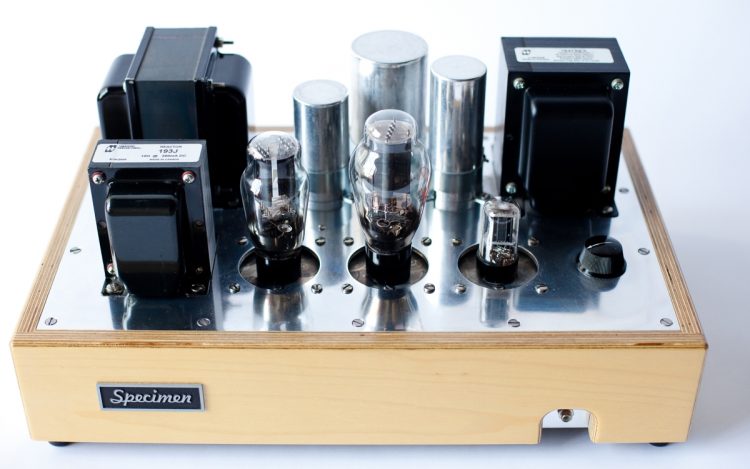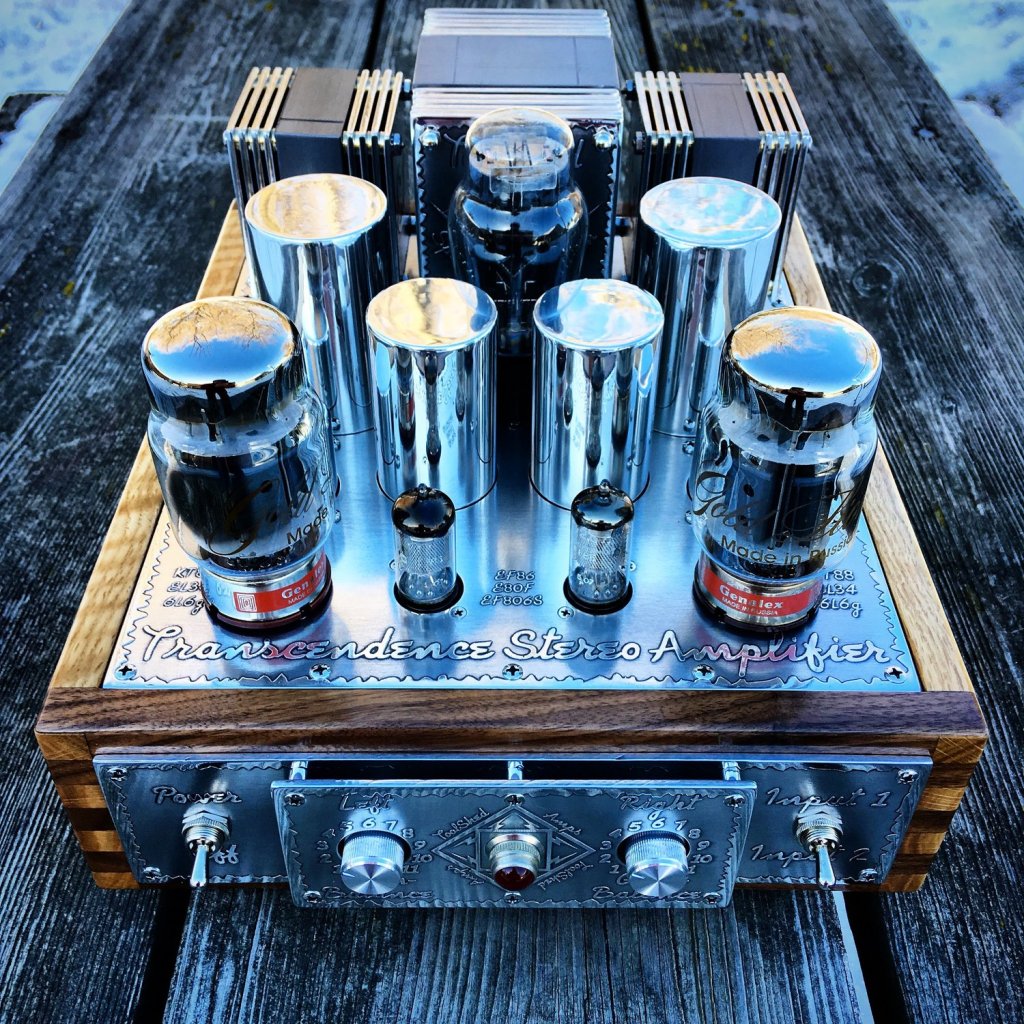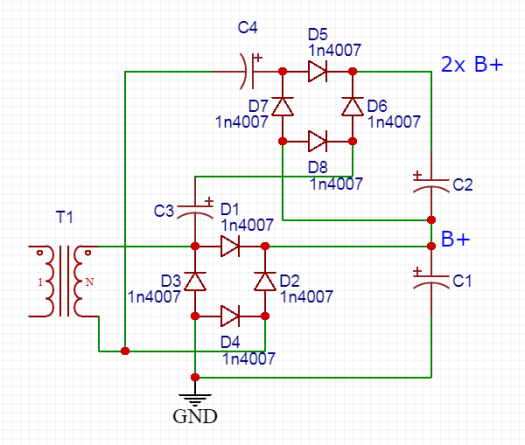One of my first tube projects was a TubeLab SSE. In fact, I still use this amp as a reference whenever I build something new.
George, of TubeLab, is notorious for torturing tubes and generally just blowing crap up in his experiments. He is also a fervent supporter of DIY and frequent poster on diyaudio.com.
A couple of my recent posts have looked at ways of applying local feedback to pentodes in order to force them into more triode-like behavior. It’s funny how experiments and research in the DIY hobby community converge. Here’s yet one more example.
Yesterday George posted some exciting but cryptic experiences with a new design here. The challenge, in his own words:
[With triode strapping] the pentode takes on triode like qualities with the associated triode disadvantages, most notably the inability to pull its plate down near the cathode voltage thus limiting the available power output. Another issue that needs to be overcome is the screen grid voltage limitations of most TV sweep tubes. Wire them as a triode, and most will eventually blow up when left alone idling which is worse case for a class A amp (maximum dissipation).
This is a great summary of the limits of single-ended triode amplification. Power is limited to single-digits by tube perveance, voltage maximums, and the ability to dissipate heat. Pentodes, able to swing outputs much closer to zero and operated with fixed screen voltages, go a long way towards solving the conundrum. But the trade-off is linearity and output impedance (which is why SETs are popular in the first place).
George goes on to tease his new design:
I arrived at a new topology that I can’t find anywhere in recorded vacuum tube history…..yes, there are several close similarities, but this is truly unique…I called this topology the Composite Electron Device for lack of a better name, since it is a composite of a vacuum tube pentode, a mosfet, and a hand full of discrete parts to create triode like curves.
We don’t get any schematics (yet), but he finally gets to the measurements pudding:
THD was 0.197% at 100 mW, rising to 0.235% at 1 watt. 5 watts brings 0.662%, 10 watts 1.61%, with 2.48% at 15 watts and 4.04% at 20 watts clipping sets in at 20.8 watts where the THD hits 5%.
So what is it, this single-ended not a tridoe? We know there’s some local feedback going on, but George says this is actually something new under the sun. That doesn’t happen everyday in tube land, so I’m following this one with a lot of interest.
By the way, if you want to build a traditional SET and prefer a PCB, take a look at George’s TSEII or original SSE designs!


























